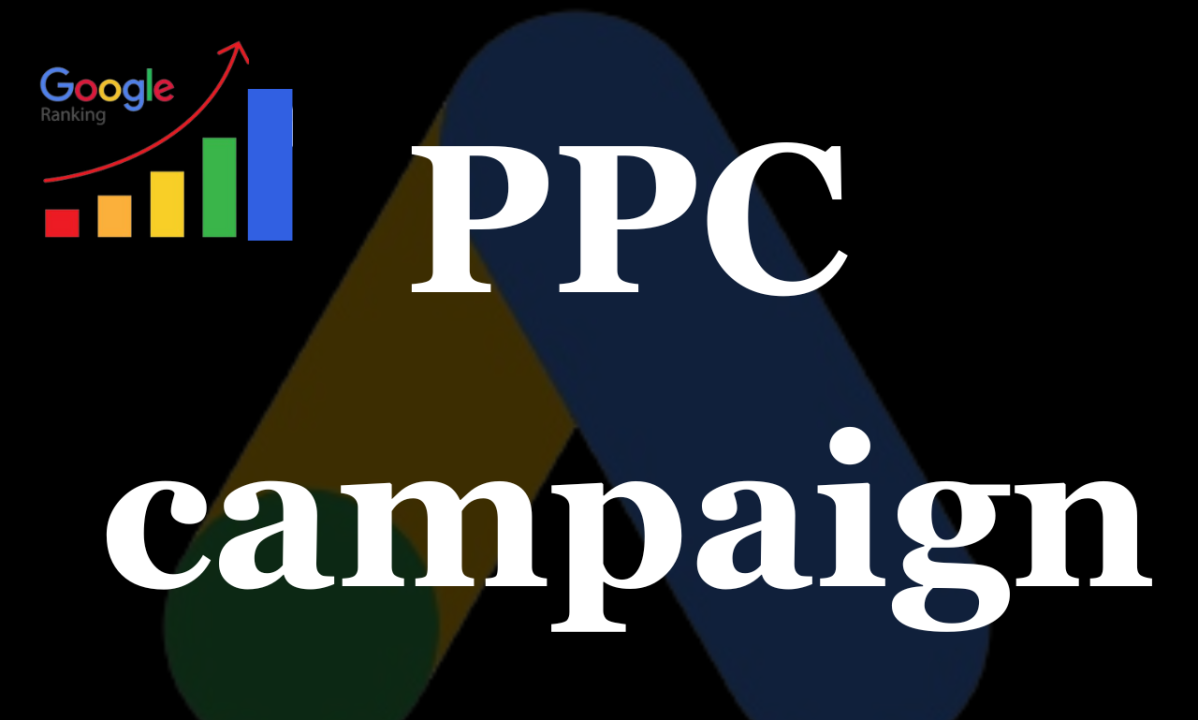Pay-per-click (PPC) advertising is a powerful digital marketing strategy that allows businesses to drive targeted traffic to their websites. When executed effectively, PPC can yield high returns on investment (ROI) and help achieve marketing goals. However, creating a high-performing PPC campaign requires careful planning, strategic execution, and ongoing optimization. In this blog, we will explore essential steps to help you create a successful PPC campaign.

Table of Contents
Toggle1. Define Clear Objectives
Before launching a PPC campaign, it’s crucial to define clear, measurable objectives. Your goals could include increasing website traffic, generating leads, boosting sales, or enhancing brand awareness. By establishing specific objectives, you can tailor your campaign strategy and measure success more effectively.
2. Conduct Thorough Keyword Research
Keyword research is the foundation of any successful PPC campaign. Identify the keywords and phrases your target audience is searching for. Use tools like Google Keyword Planner, SEMrush, or Ahrefs to find relevant keywords, assess their search volume, and understand their competitiveness. Focus on a mix of short-tail and long-tail keywords to capture a wider audience while targeting specific niches.
Tips for Keyword Research:
- Consider User Intent: Think about what your audience is looking for and align your keywords with their intent (informational, navigational, transactional).
- Analyze Competitors: Study the keywords your competitors are targeting to identify gaps and opportunities.
3. Segment Your Campaigns
Segmenting your campaigns allows for better targeting and optimization. Create separate campaigns for different products, services, or target audiences. This approach enables you to tailor your ad copy, keywords, and bidding strategies to specific segments, leading to higher relevance and performance.
Example Segmentation:
- By Product Category: If you sell clothing, segment campaigns by categories such as men’s, women’s, and children’s clothing.
- By Location: Create separate campaigns for different geographic areas to target local audiences effectively.
4. Craft Compelling Ad Copy
Your ad copy is critical for attracting clicks and conversions. Write clear, concise, and compelling ad copy that highlights the benefits of your product or service. Incorporate your target keywords to improve ad relevance and quality score. Here are some tips for effective ad copy:
- Use Actionable Language: Encourage users to take action with phrases like “Shop Now,” “Get Started,” or “Sign Up Today.”
- Highlight Unique Selling Points: Clearly convey what sets your product or service apart from the competition.
- Include Ad Extensions: Utilize ad extensions (sitelink, callout, structured snippets) to provide additional information and increase the visibility of your ads.
5. Optimize Landing Pages
The effectiveness of your PPC campaign is closely tied to your landing pages. Ensure that your landing pages are relevant, user-friendly, and optimized for conversions. Here are key elements to consider:
- Relevance: The content on your landing page should align with the ad copy and keywords. This improves user experience and can lead to higher conversion rates.
- Clear Call-to-Action (CTA): Include a prominent CTA that guides visitors toward the desired action, whether it’s making a purchase or filling out a contact form.
- Mobile Optimization: Ensure that your landing pages are responsive and optimized for mobile devices, as a significant portion of users access the web via smartphones.
6. Set a Realistic Budget and Bidding Strategy
Establish a budget that aligns with your campaign objectives and goals. Choose a bidding strategy based on your objectives, such as:
- Manual CPC: Allows you to set individual bids for each keyword, providing control over your spending.
- Automated Bidding: Leverages algorithms to optimize bids in real time based on your goals (e.g., maximize conversions).
Budget Tips:
- Start Small: If you’re new to PPC, start with a smaller budget to test and learn what works best for your campaigns.
- Monitor Spend: Regularly review your budget and adjust as necessary based on campaign performance.
7. Implement Tracking and Analytics
To measure the success of your PPC campaigns, implement tracking and analytics. Use tools like Google Analytics and conversion tracking to monitor key metrics, including clicks, conversions, cost-per-acquisition (CPA), and return on ad spend (ROAS). This data will help you understand what’s working and where improvements are needed.
8. Test and Optimize
Continuous testing and optimization are crucial for a high-performing PPC campaign. Regularly analyze performance data and make informed adjustments. Consider the following strategies:
- A/B Testing: Test different ad copies, landing pages, and bidding strategies to determine what yields the best results.
- Keyword Optimization: Regularly review your keyword performance and adjust bids or pause underperforming keywords.
- Negative Keywords: Use negative keywords to exclude irrelevant search terms, helping to improve ad relevance and reduce wasted ad spend.
9. Monitor Competitors
Keep an eye on your competitors’ PPC strategies. Use competitive analysis tools to track their ad copy, keywords, and bidding strategies. Understanding what works for your competitors can provide valuable insights and help you refine your own campaigns.
Conclusion
Creating a high-performing PPC campaign requires careful planning, strategic execution, and ongoing optimization. By following these steps—defining clear objectives, conducting thorough keyword research, crafting compelling ad copy, and continually testing and refining your approach—you can drive targeted traffic, generate leads, and achieve your marketing goals. With the right strategy in place, PPC can become a powerful tool in your digital marketing arsenal, helping your business thrive in a competitive landscape.


No responses yet